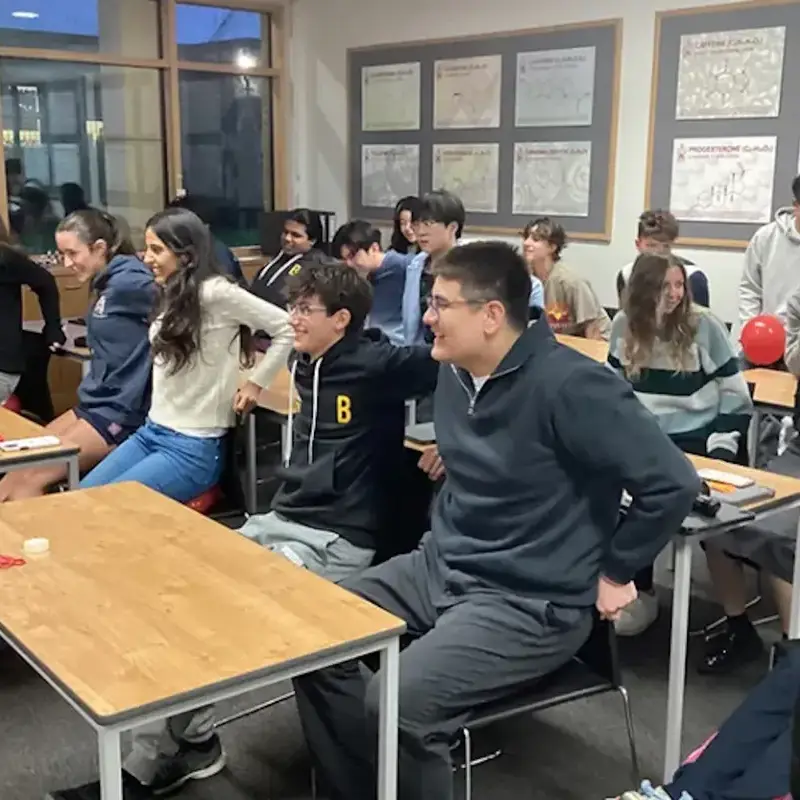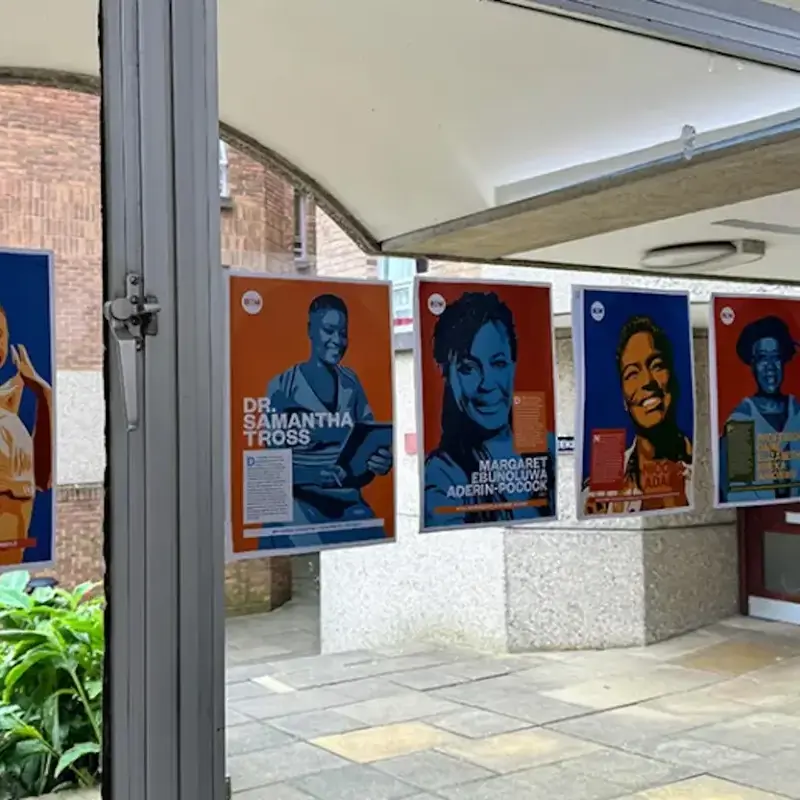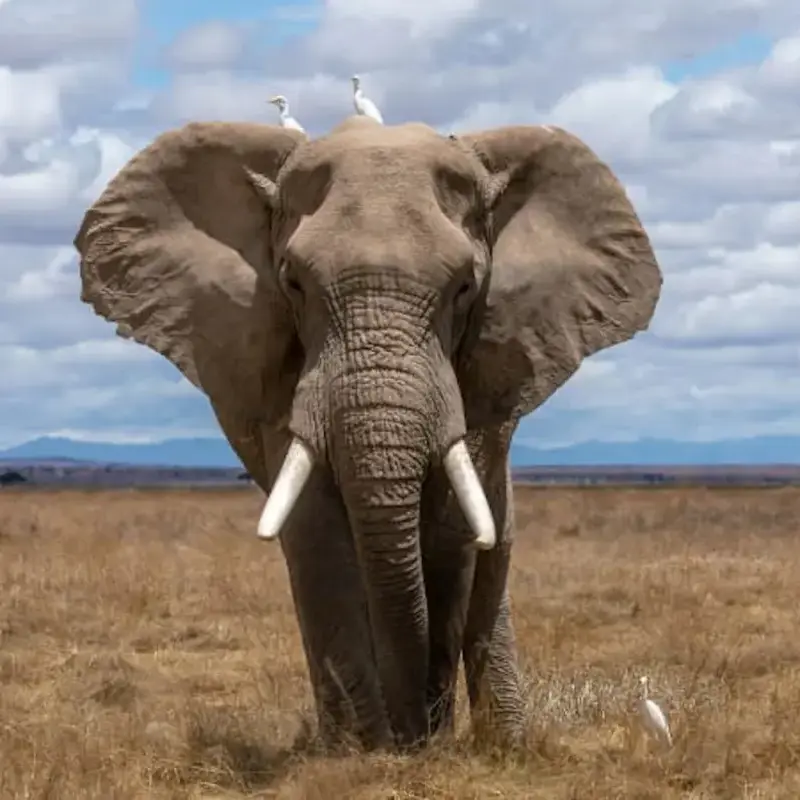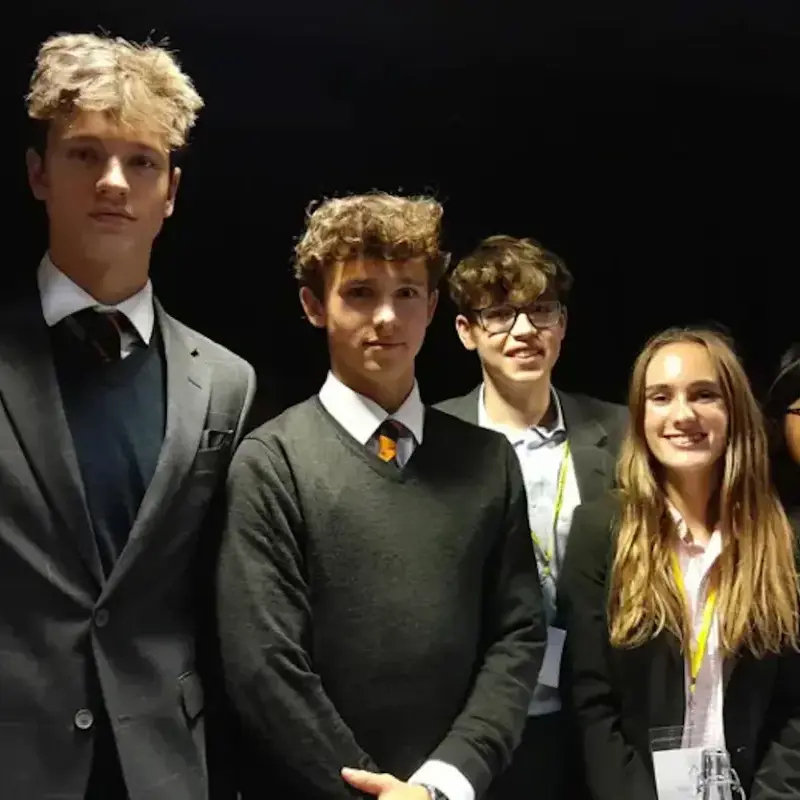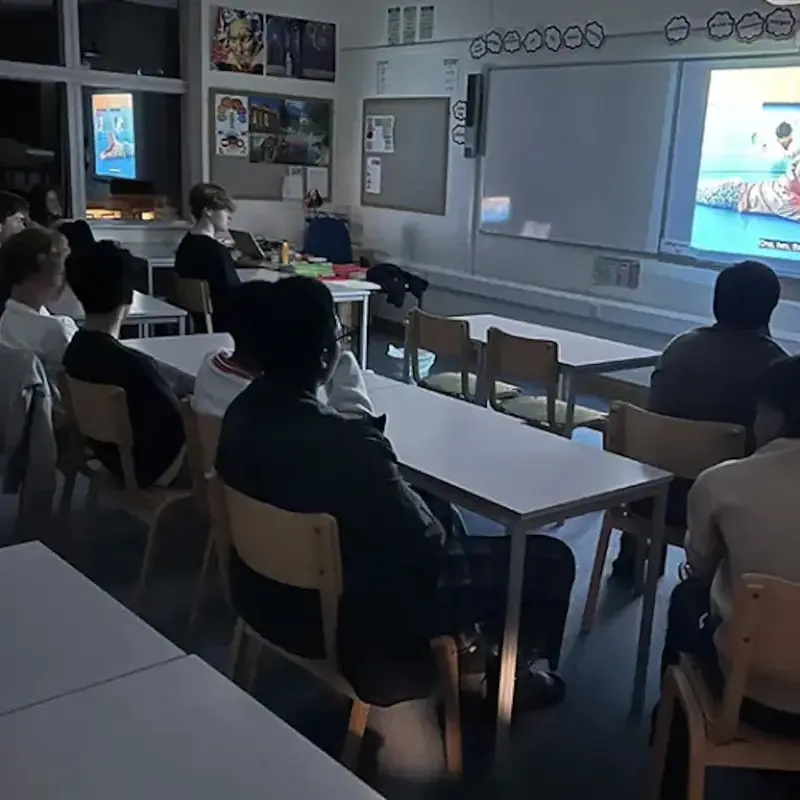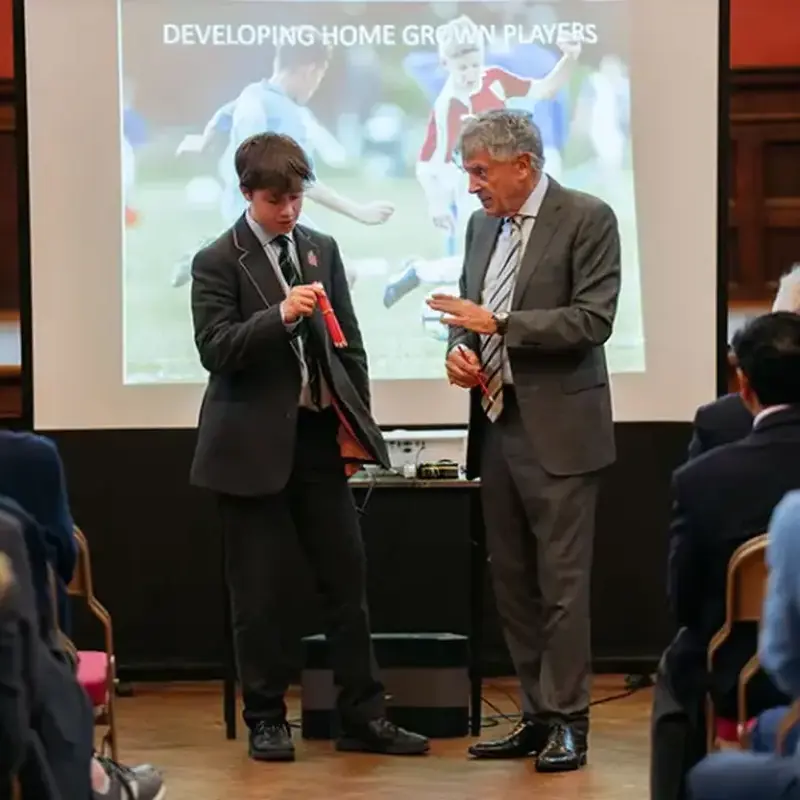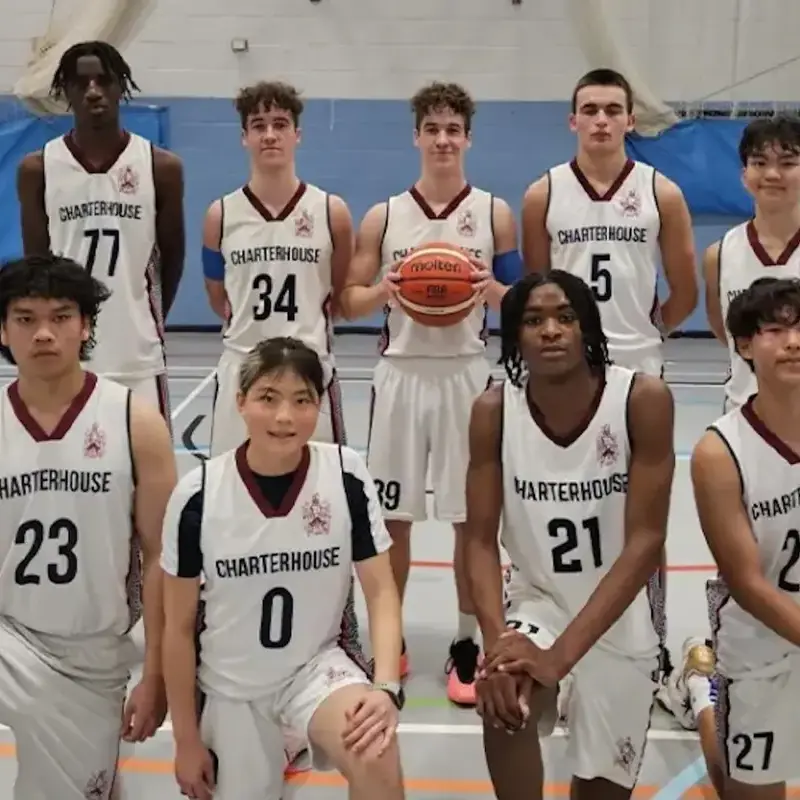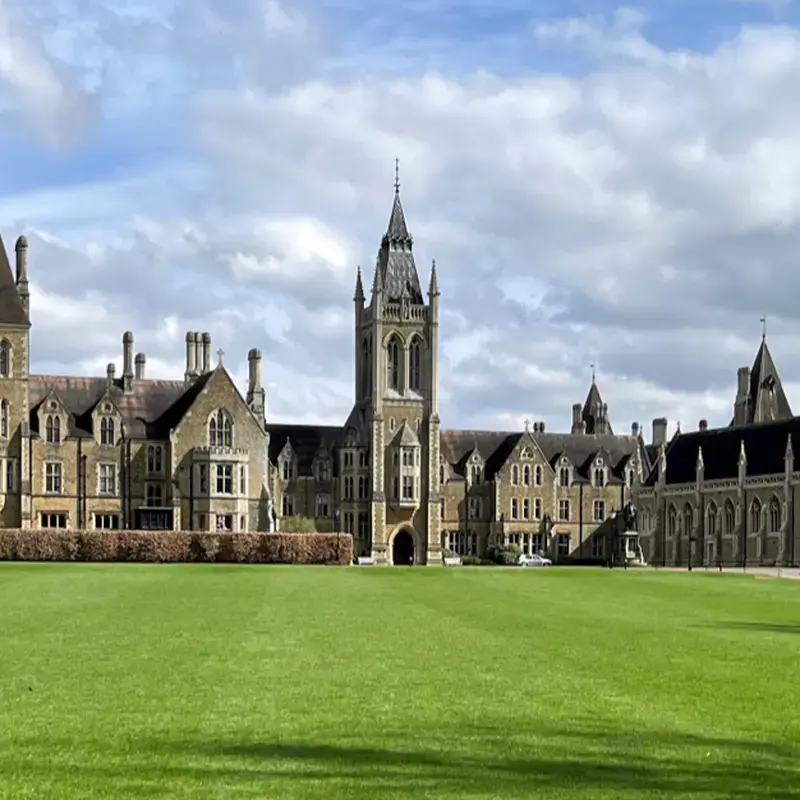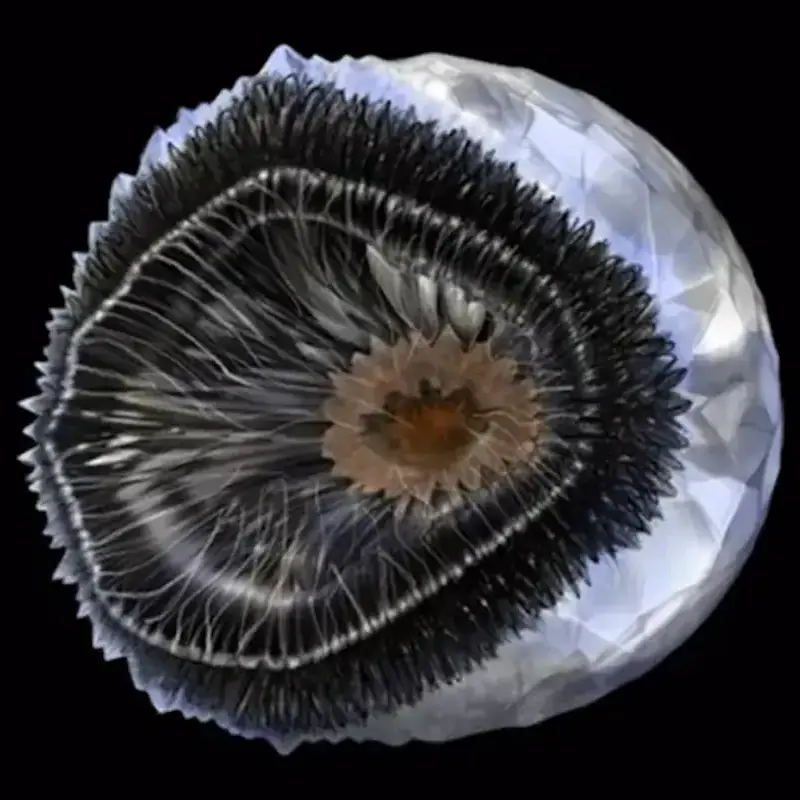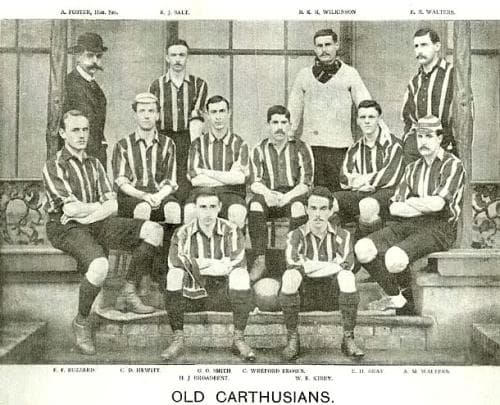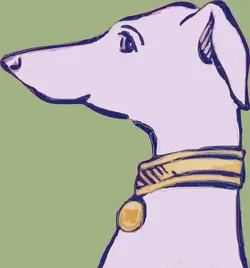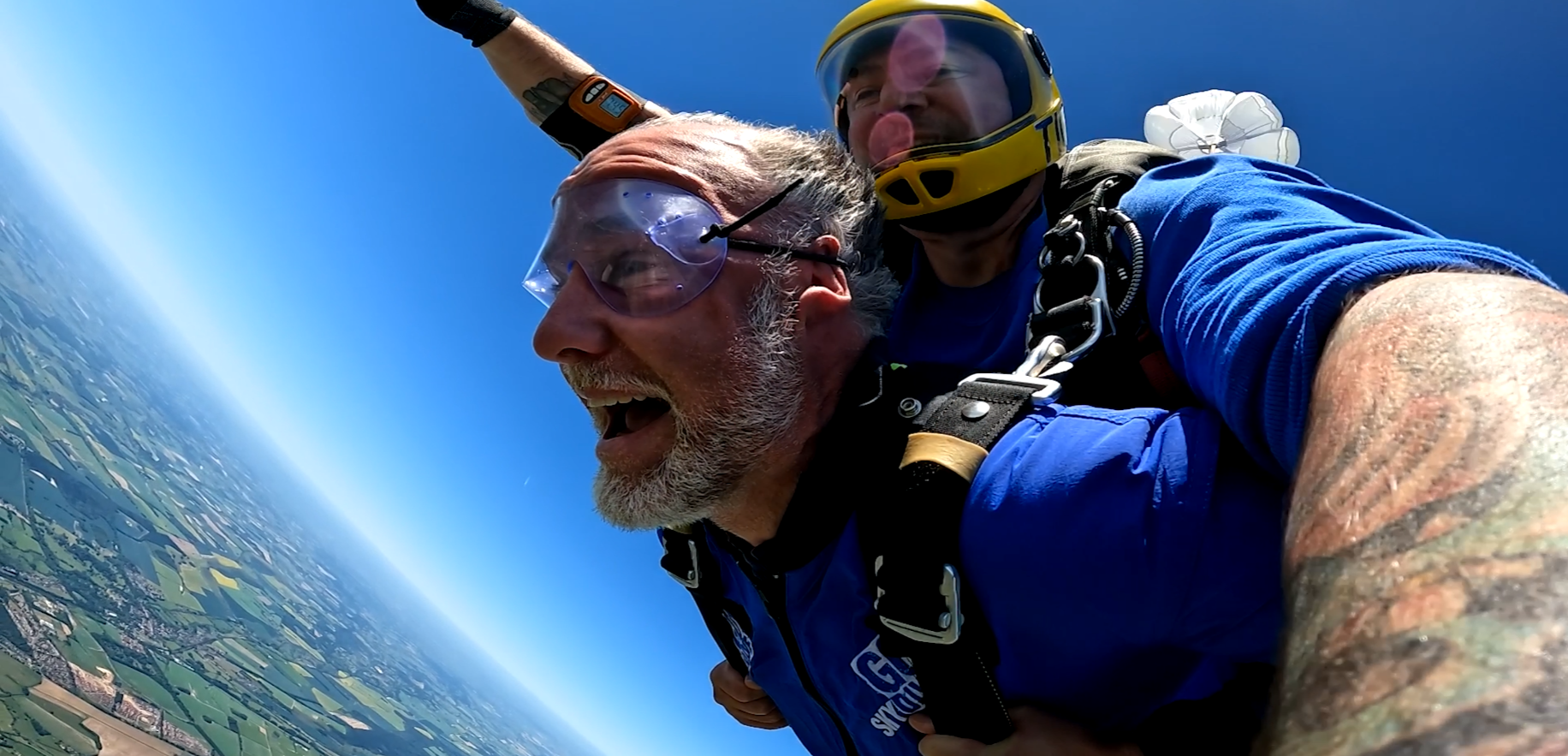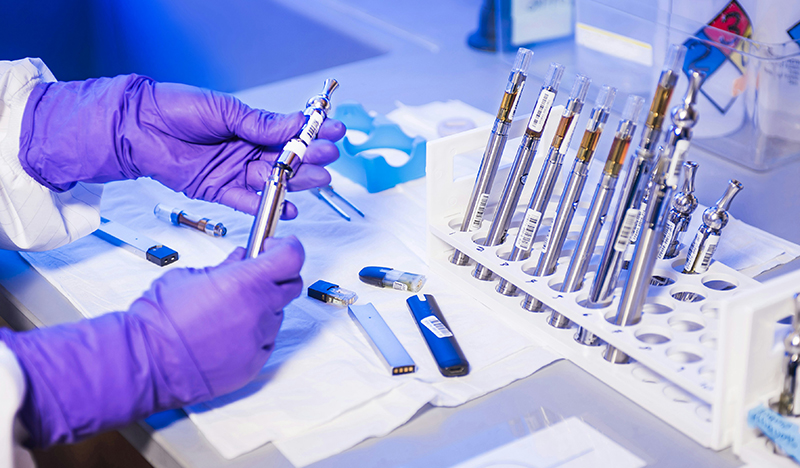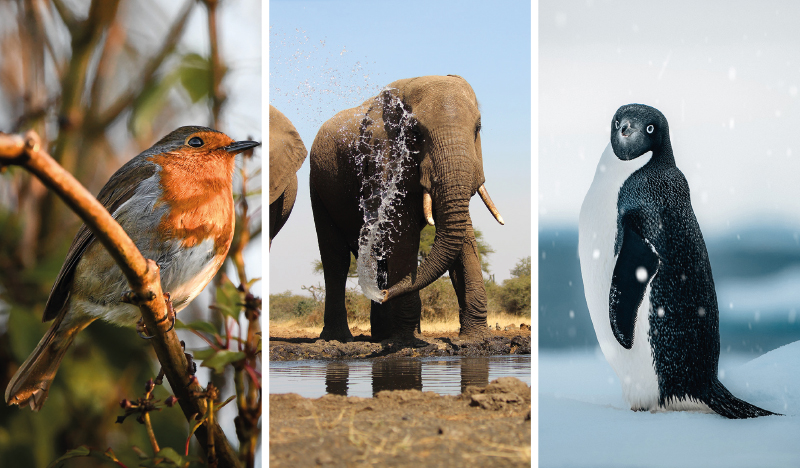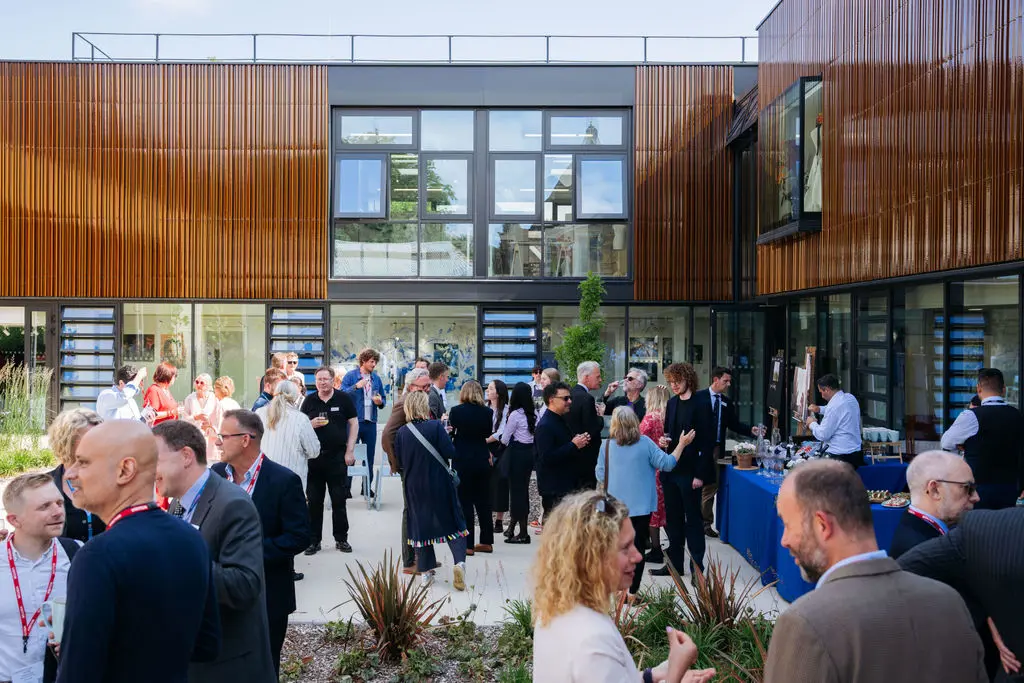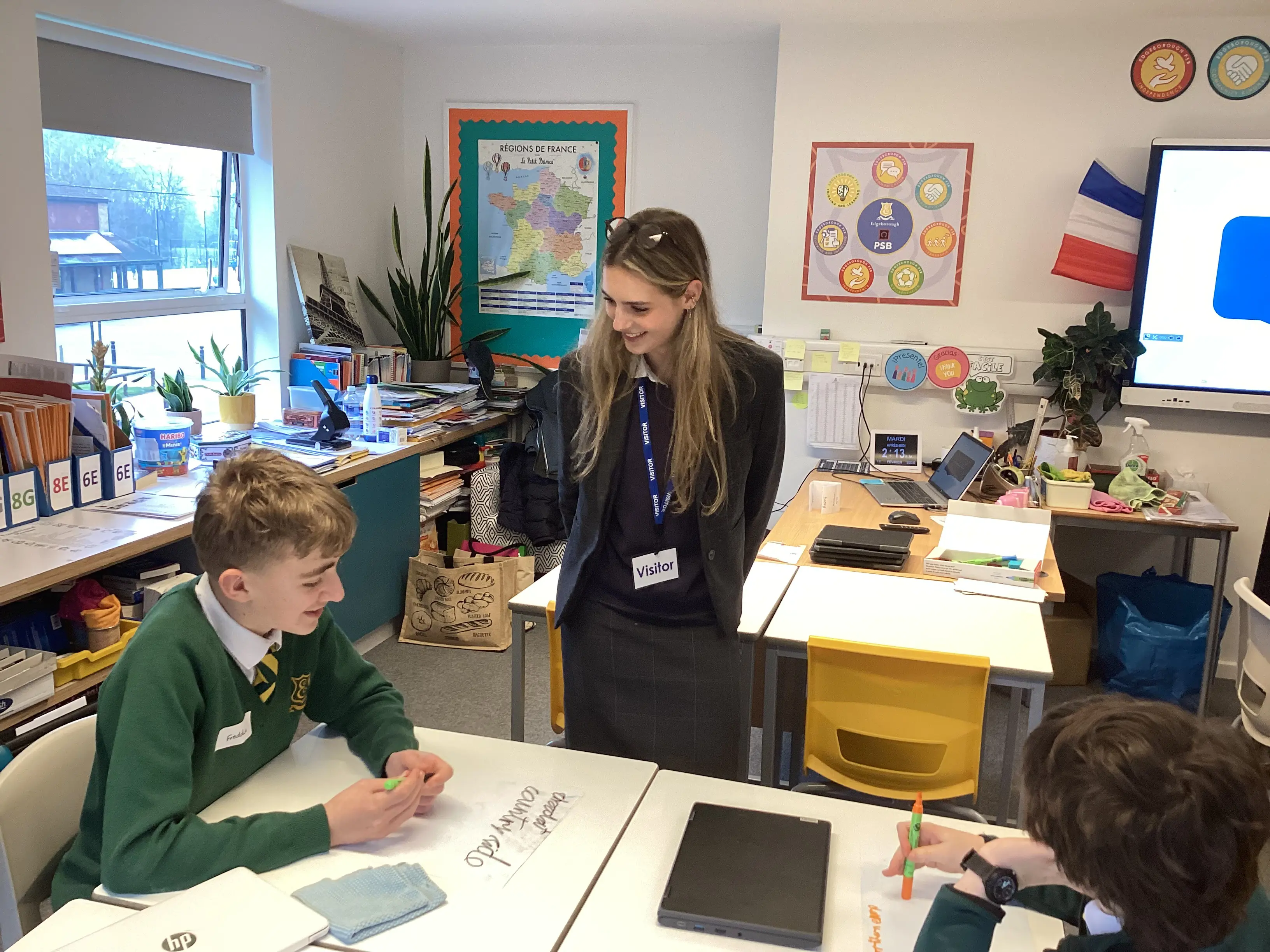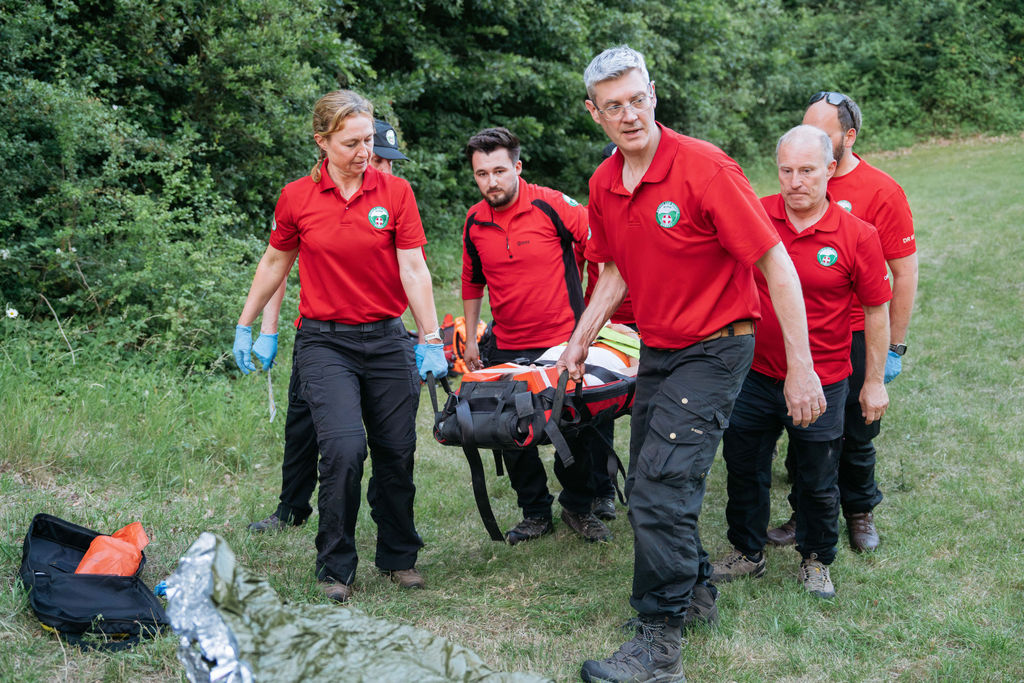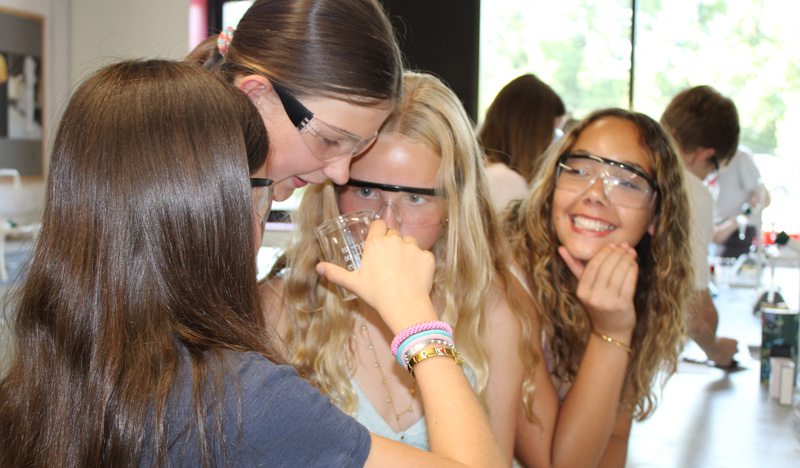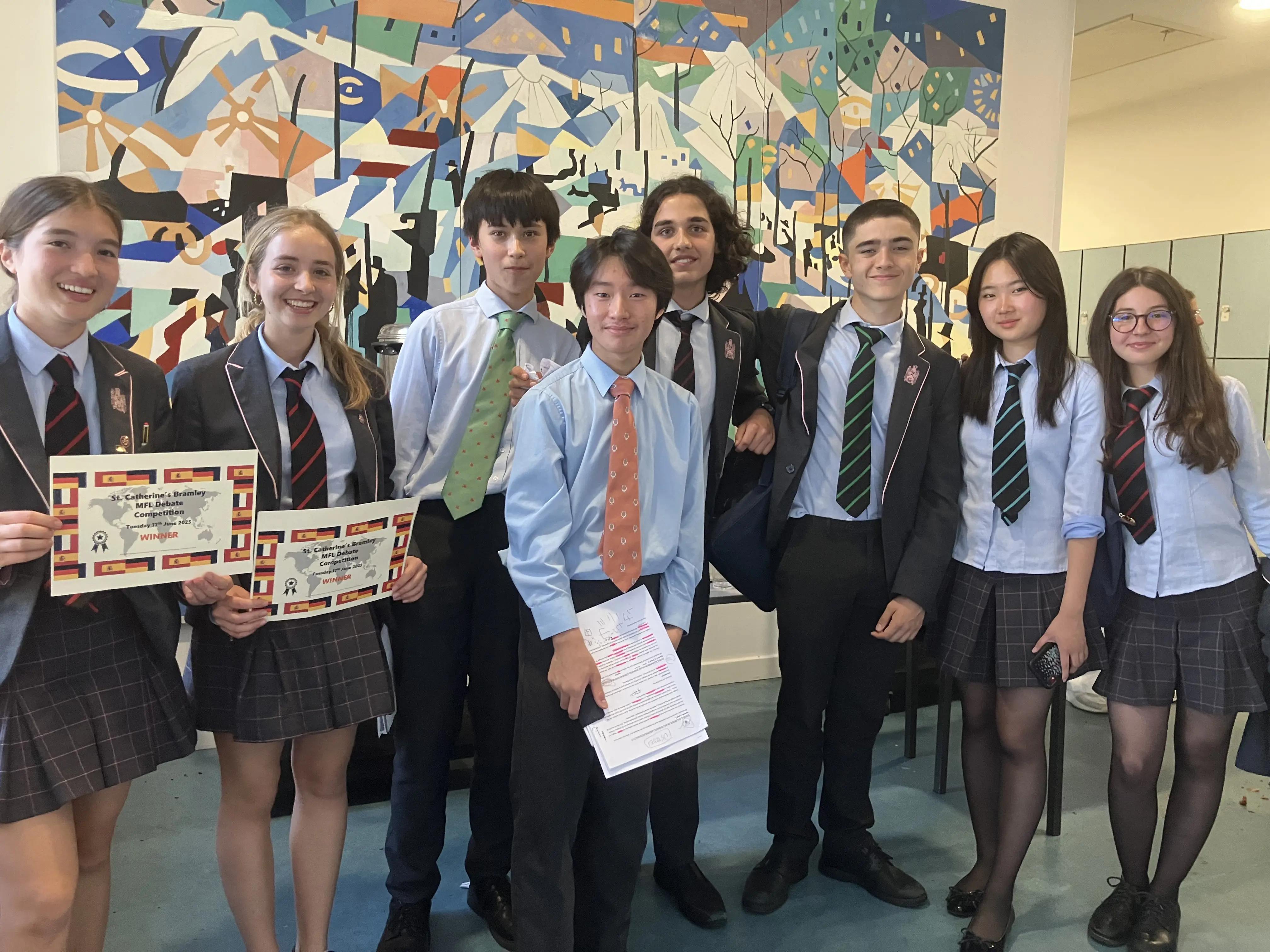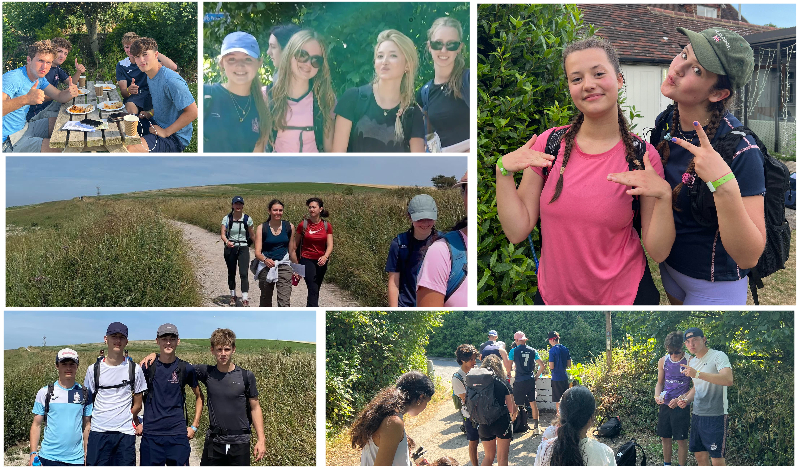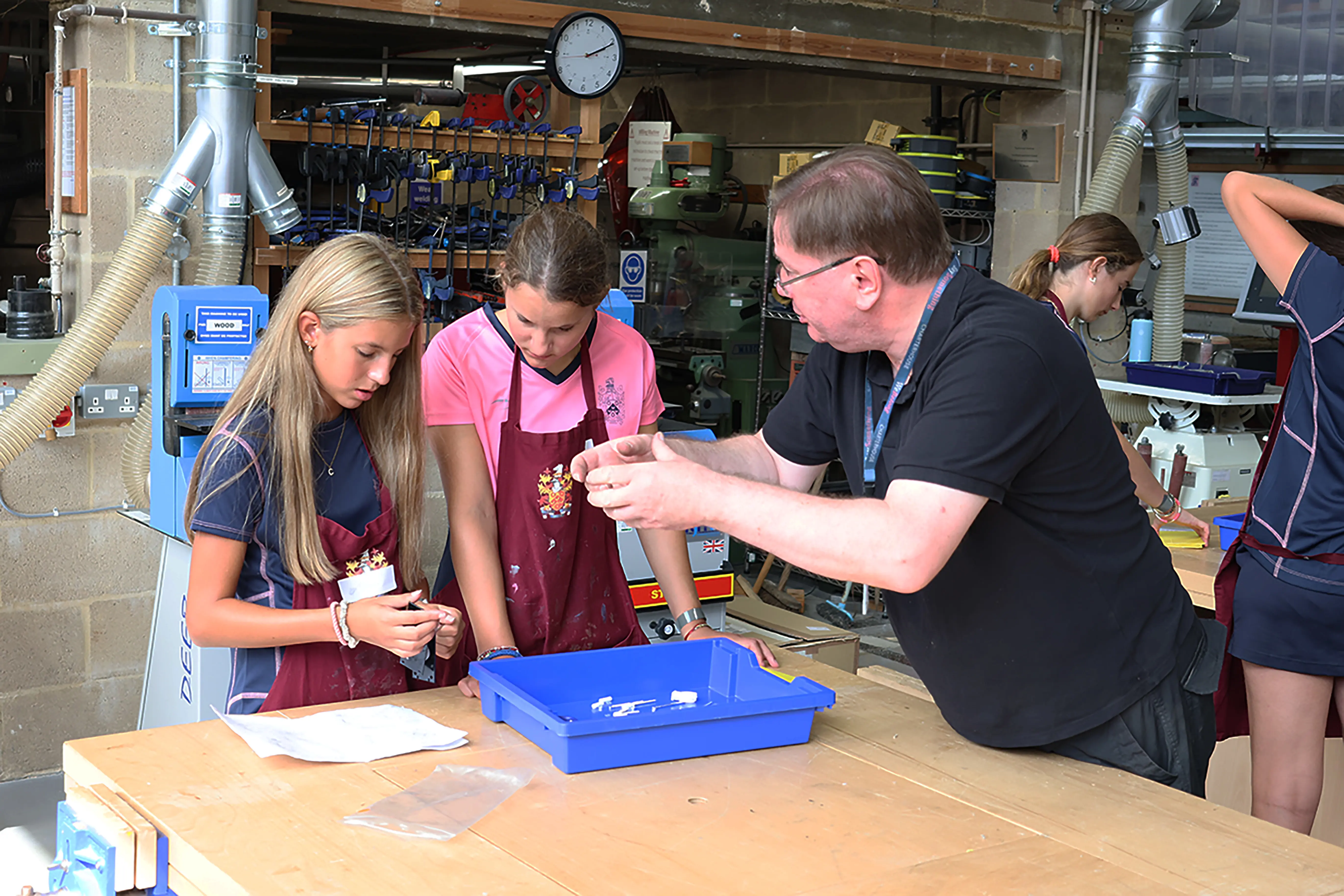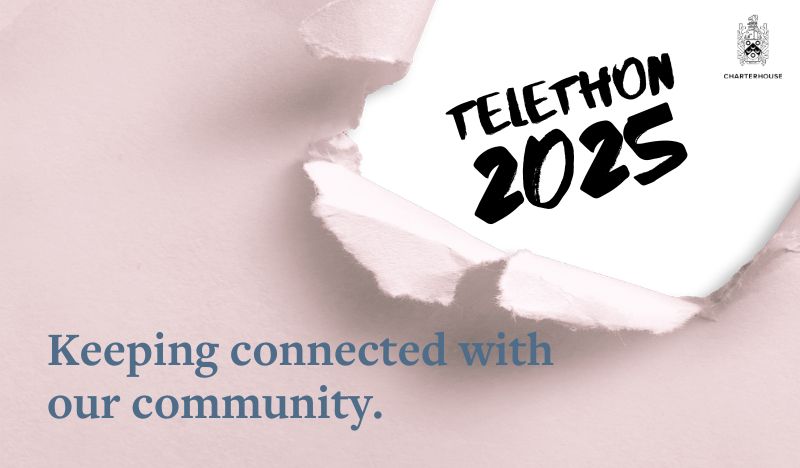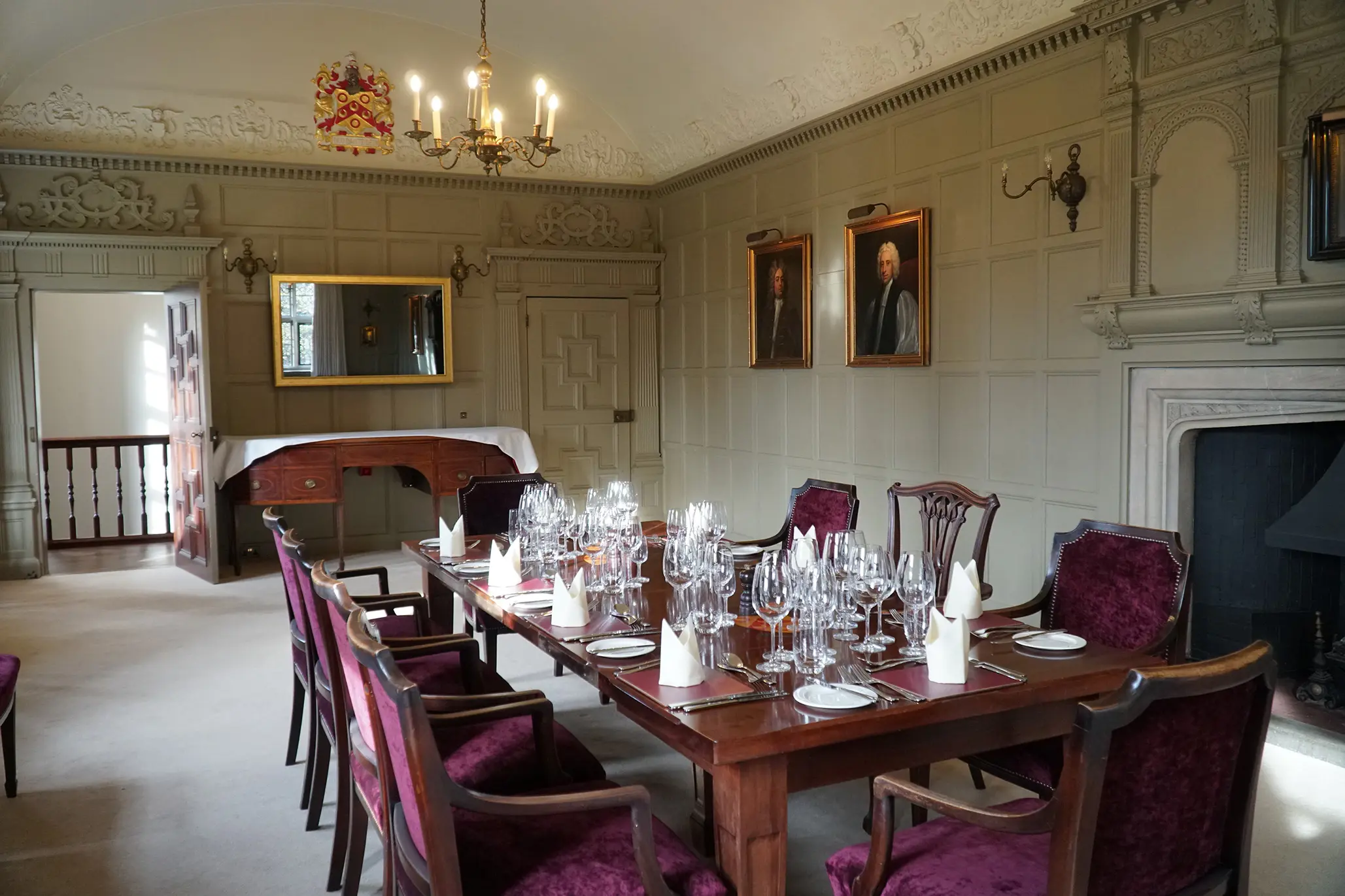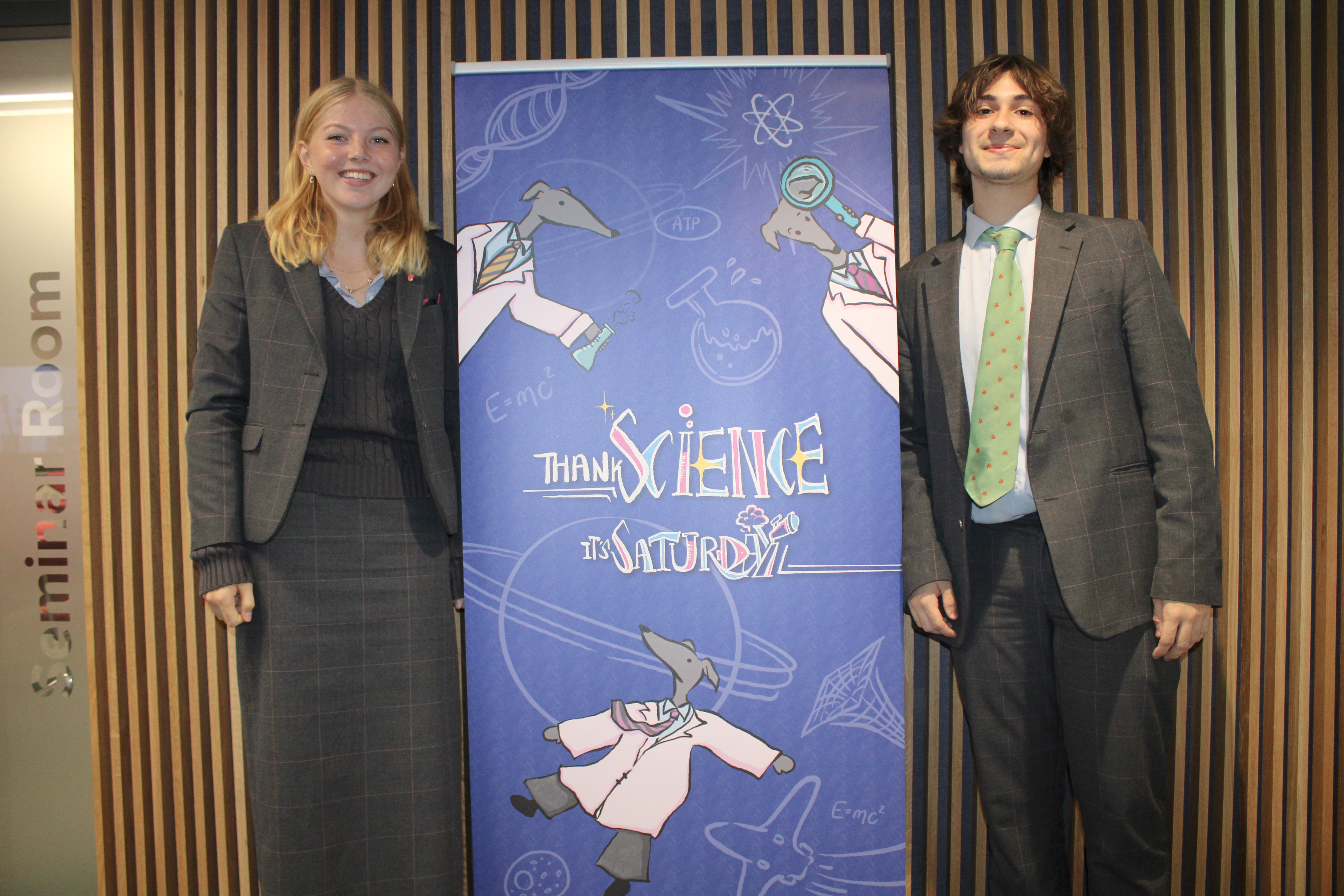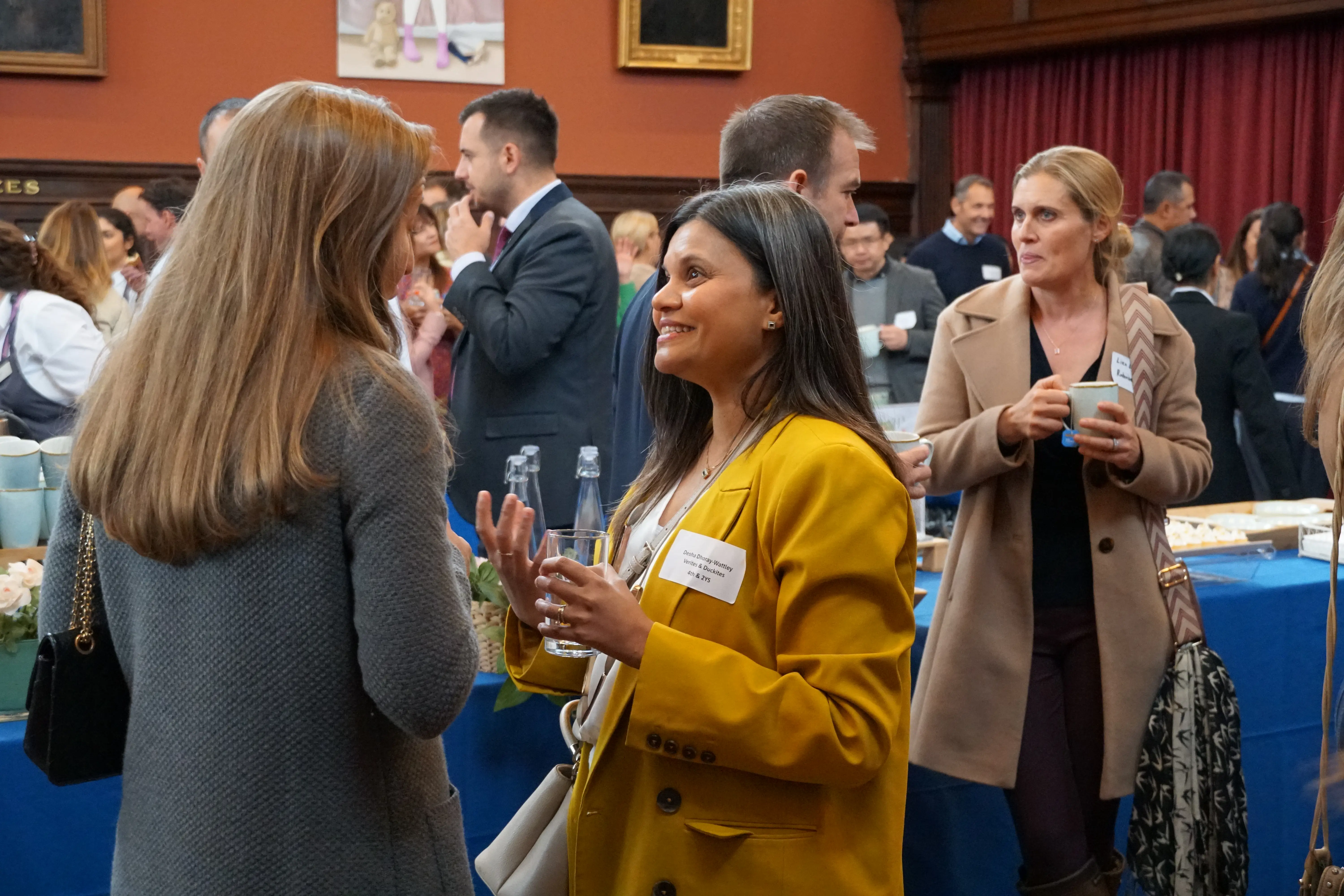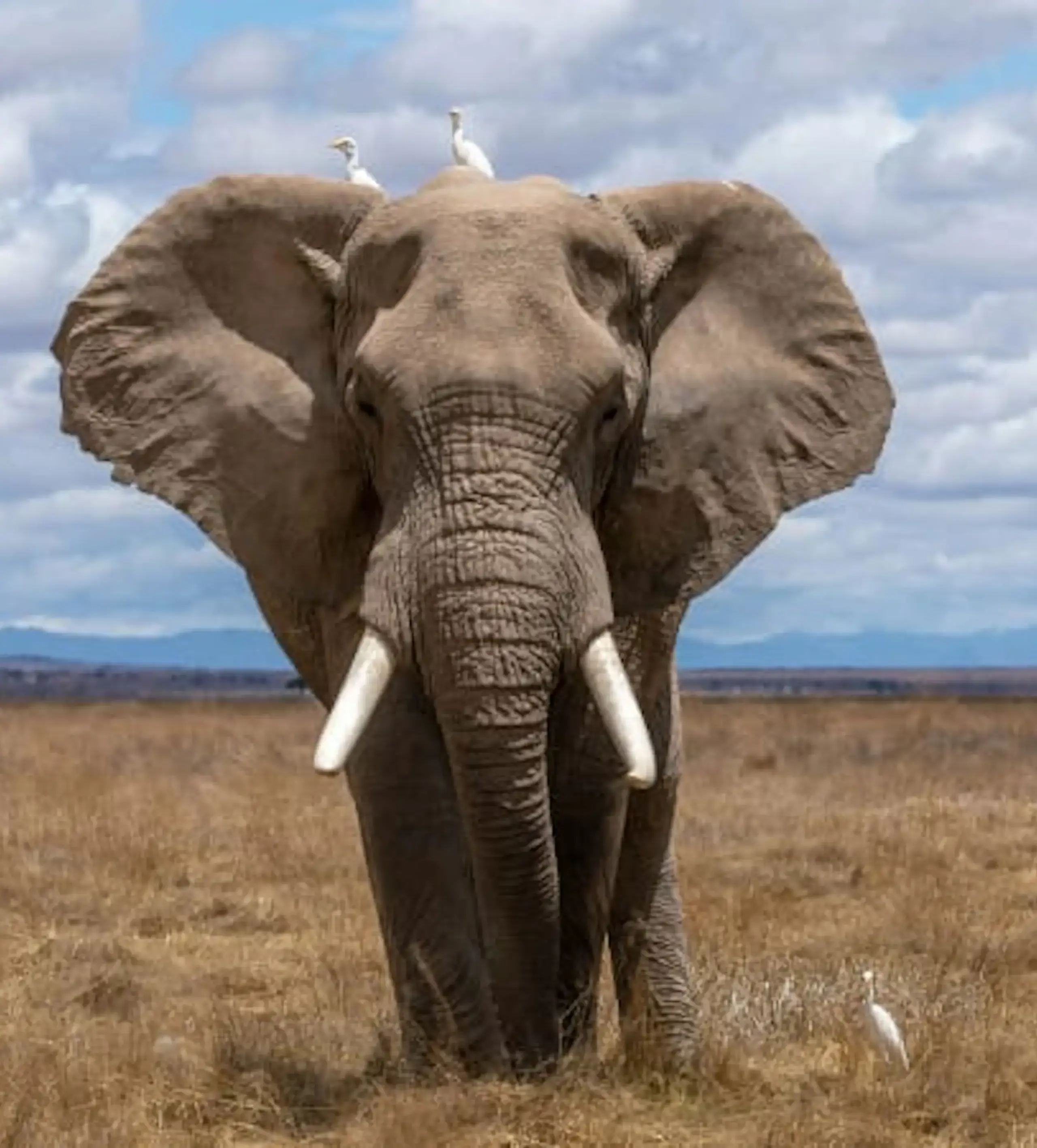

In the latest issue of Atomic Magazine, Charterhouse's entirely pupil-led, written, and published scientific magazine, Lexi (Year 13) explores symbiotic relationships and horizontal gene transfer.
Living together: trading genes, Allen keys and coexisting peacefully
While we think of parasites as freeloaders, who knew playing host to parasites could come with perks? From elephants and oxpeckers to worms and bacteria, nature is packed with symbiotic relationships where both parties gain from the relationship. These partnerships fall into three categories depending on who they benefit: mutualism, commensalism and parasitism. While the advantages are obvious, even parasitism can sometimes lead to a balance, with the emergence of a peaceful equilibrium.
Multicellular organisms rely on the division of labour by individual components to survive. The existence of symbiosis comes from the symbiont often providing a process that the host is unable to carry out themselves, and therefore is of value and benefits the host. In fact, symbiosis was key in the origin of life, where near deep sea hydrothermal vents, the lack of light for photosynthesis means organisms are dependent on alternate metabolic processes. Within the vents themselves, another source of energy is offered: large quantities of sulphur compounds. The bacteria present are chemosynthetic, meaning they can use these minerals in the water to release energy for self-sustenance. Vent mussels and tube worms rely on this symbiotic relationship, where they have evolved to have these bacteria residing internally in their gills and trophosome, and rely on the bacteria to produce a food source of organic molecules. Both the bacteria and the worms are the winners; bacteria are given a cozy home away from the extreme vent environment, and the worms are provided with essential nutrition. (cont.)
'What is so special about these symbiotic relationships is that the organisms are intertwined in their own development as well. Imagine your friend buys an Allen key for their bicycle, and all of a sudden you and the whole neighbourhood can use the one tool to improve all of your cycling abilities through adjusting your bike seats. In fact, for several organisms, this sharing of traits is a real possibility via horizontal gene transfer.'
Lexi (Year 13)

